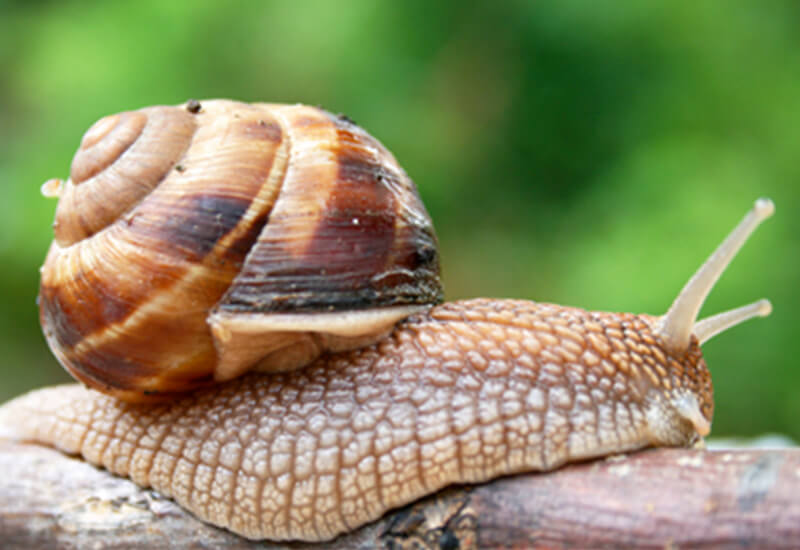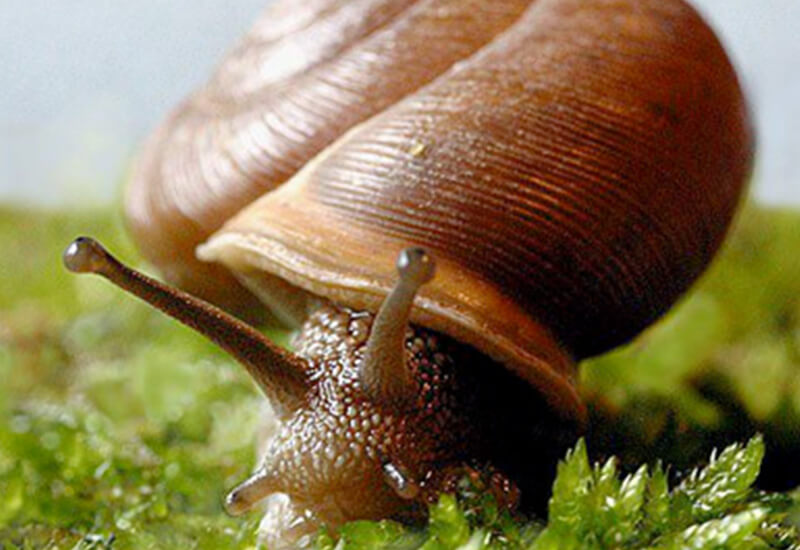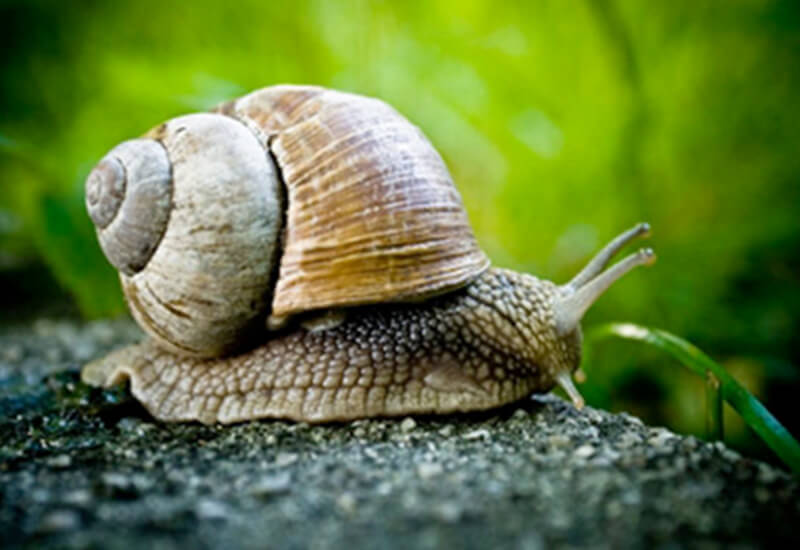Plagues: Snails
Knowledge is your best plague control ally.
 SNAILS
SNAILS
SNAILS



Snails represent a diverse phylum of mollusks called gastropods, characterized by having a spiral shell. There are both sea and land snails, with approximately 75,000 known species. The most common species of land snails belong to the genera Helix, Capaea, Achatina, Iberus, and Otala. They can be found in almost all environments, but mainly in moist areas. The expansion of no-till farming, creating more humid microenvironments, has led to an increase in the populations of these mollusks, which, along with slugs, have become a significant plague during the early stages of crops. Like slugs, the highest risk of severe snail attacks occurs in the presence of moist environments. High rainfall, soils with high organic matter content, and abundant plant residues create optimal conditions for the development of this plague.
ANATOMY
A snail’s body comprises a single foot, a head, and a coiled visceral mass located inside the shell. They have two pairs of tentacles located above their head, with eyes situated at the ends of the upper pair. They move like worms, very slowly. They produce mucus (commonly known as “slime”) that allows for smoother movement by reducing friction with the ground. It also serves to regulate their body temperature, prevent injuries and bacteria, and repel dangerous insects such as ants. Their shell is mainly composed of calcium carbonate, so their diet must be rich in this element.
FEEDING HABITS
To keep their shells healthy, snails can ingest small stones rich in calcium, gnaw on animal bones, or feed on plant material containing this element.
LIFE CYCLE
Snails are hermaphroditic, meaning they can produce both eggs and sperm. Mating can last from four to seven hours. The eggs, which can total around 100, are buried a few centimeters below fertile soil. After 12 days to a month, depending on the climate, the offspring hatch. They can lay eggs once a month.
